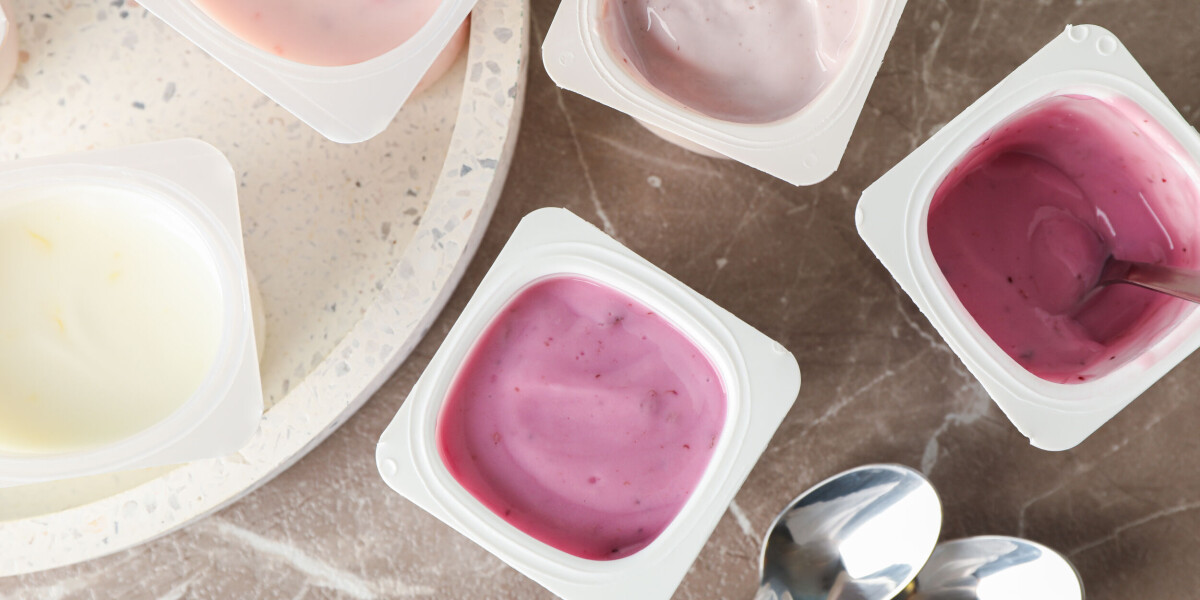
- Select a language for the TTS:
- UK English Female
- UK English Male
- US English Female
- US English Male
- Australian Female
- Australian Male
- Language selected: (auto detect) - EN
Play all audios:
ON AVERAGE, EACH FRENCH INHABITANT EATS 128 YOGHURTS A YEAR - BUT MANY OF THE PLASTIC POTS THEY COME IN ARE DIFFICULT TO RECYCLE More than 100,000 tonnes of plastic yoghurt pots are used
each year and the majority cannot be recycled, reports the French consumer organisation _Que choisir_. It has published tips on how to cut down on such pollution. HOW TO CUT DOWN ON PLASTIC
* Try to avoid small interconnected yoghurt pots - of four or eight - that are made from polystyrene. Although this material is light and easy to break - making it ideal for this type of
packaging - it is currently very rarely recycled. * Some brands of _crème brûlée_, _crème caramel_ and _crème aux œufs_ come in ceramic pots. However, while these may look pretty, they are
not great for the environment, as not can they not be recycled, they take a lot of energy to manufacture and transport, and so are better avoided. * Aluminium, commonly used for clafoutis,
flans and rice pudding, is fairly well recycled, according to Valentin Fournel from Citeo, a company created by rubbish-producing companies to manage and fund the packaging processing.
However, it uses “around five times” more energy than plastic to manufacture, so again not ideal. * Like aluminium, glass is easily recycled, however, again it consumes a lot of energy
during the manufacturing, transporting and recycling processes. READ MORE: CHANGE TO RECYCLING RULES IN FRANCE AND WHAT CAN GO IN YELLOW BINS WHAT ARE THE BEST ALTERNATIVES? * Individual
plastic yoghurt pots (family pots of _fromage blanc_ for example) are made out of polypropylene which is easy to recycle. * You can also buy large cardboard pots of yoghurt, which is easier
to recycle than plastic, does not pose any long-term pollution issues and consumes less energy than glass during the manufacturing and transport stages. While you can buy small cardboard
pots of yoghurt, larger ones are better as less packaging is used for the same quantity of yoghurt. * Some yoghurt pot-based desserts, such as fruit compote, are easy to make at home. The
compote can then be decanted into refillable containers to take out and about, for example, to picnics. However, while making yoghurt yourself at home is an option, you still have to buy
milk to make the yoghurt and the yoghurt machine itself will one day end up in a landfill. * Some shops and brands offer refundable glass pots for their yoghurt. You simply take the pot back
after the contents have been eaten for them to be reused. Doing so can also save you money, as you will get a small deposit back for doing so. The contents of your yoghurt pot can have as
big an impact as its container. * Try buying organic yoghurt, so the cows involved are not fed by soy imported from Brazil and covered in pesticides, go for yoghurts and desserts made with
local, in-season fruit and only eat two per day (three for children and adolescents). You could also try vegan alternatives, such as a soy-based chocolate dessert, which, according to ADEME
- the French Environment and Energy Management Agency - emits half the amount of greenhouse gases as a cow milk-based equivalent. RELATED ARTICLES ‘BIODEGRADABLE’ PLASTIC SHOULD NOT GO IN
COMPOST BINS IN FRANCE FOUR EVERYDAY ECO-FRIENDLY CHANGES LAUNCHING IN FRANCE THIS YEAR






